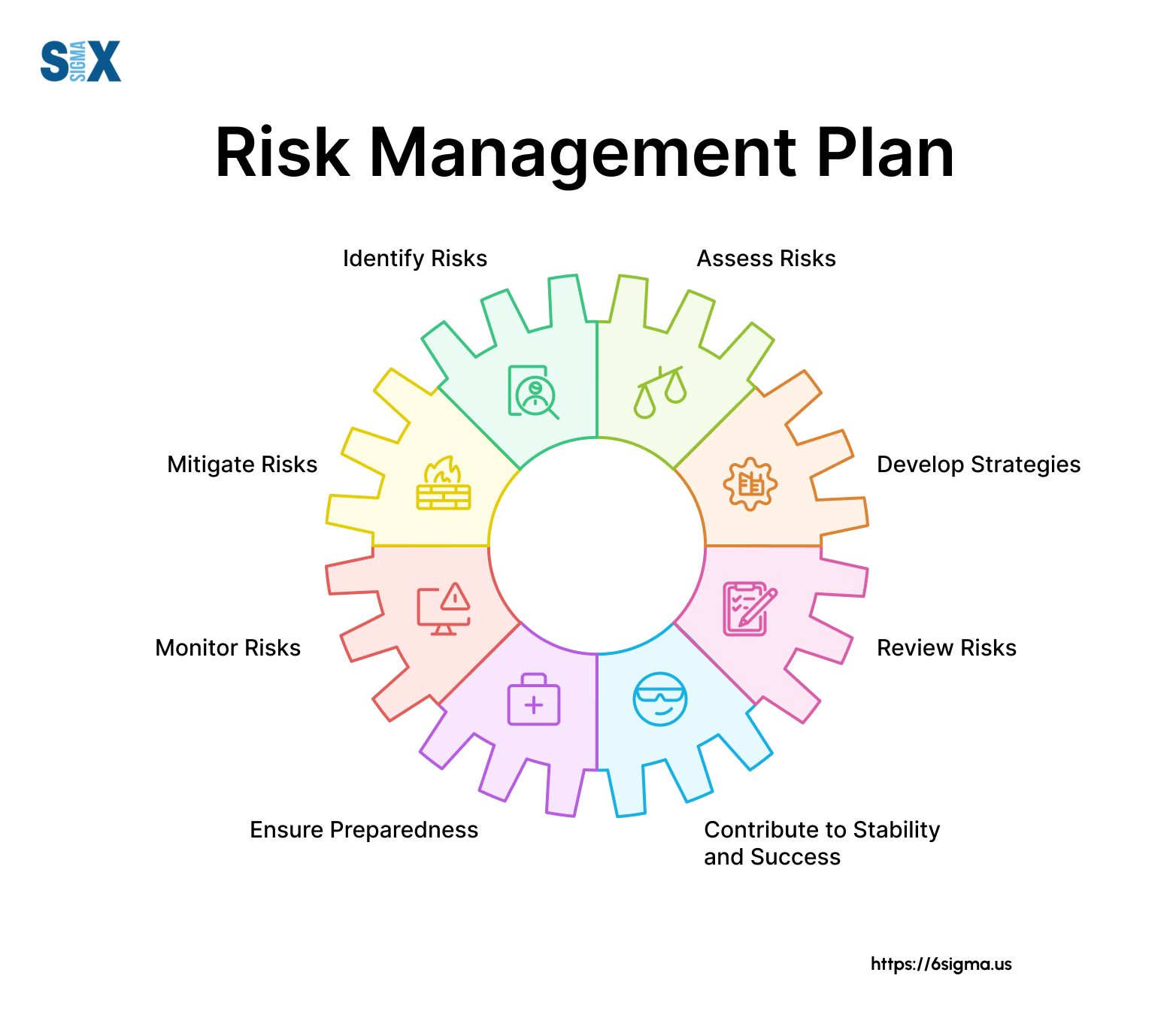Recognizing the Value of Risk Management in Service Success and Sustainability
In today's ever-evolving service landscape, the importance of Risk Management can not be underrated. It stands as an important pillar, reinforcing company success and sustainability among a sea of unpredictabilities. By identifying and mitigating potential risks, companies guard their capital, foster resilience, and improve public count on. Equally, it leads the way for development and growth. Let's unbox this complex topic, checking out how proactive Risk Management contributes to the long life and success of organizations.
The Idea of Risk Management in Company
Risk Management, a fundamental facet of organization operations, brings a substantial weight in the success or failing of a company. Services utilize Risk Management procedures to mitigate the unfavorable effects of these dangers. The idea of Risk Management is not a warranty versus Risk, but instead a crucial tool that advertises functional efficiency and durability in face of changability.
Crucial element of a Robust Risk Management Approach
Structure a durable Risk Management technique involves numerous crucial elements. Recognition of possible dangers is the main step, adhered to by a comprehensive evaluation of these threats. After recognizing the gravity of the dangers, correct steps need to be prepared for Risk mitigation. These actions can vary from diversification of sources to insurance policy protection. An efficient Risk Management method also involves consistent tracking and review of the recognized dangers and the effectiveness of the control measures. The approach must be flexible adequate to accommodate changes in the organization atmosphere. Additionally, the approach ought to also involve training of the staff members to deal with unexpected scenarios. All these aspects, when combined effectively, contribute to a durable Risk Management method.
Just How Risk Management Adds To Service Success

Situation Researches: Effective Risk Management in Practice

Future Trends in Risk Management and Their Effects for Organizations
As the worldwide service landscape continues to advance, so also does the area of Risk Management. Future patterns recommend a shift towards aggressive instead of responsive techniques, with services increasingly looking for to identify and alleviate look at here now dangers before they occur. The incorporation of technology, particularly AI and big information analytics, will certainly play a pivotal duty in this makeover. These devices can offer real-time insights, enabling swift and informed decision-making. Additionally, ecological, social, and administration (ESG) threats are forecasted to increase in importance, showing an expanding social issue for sustainability. Organizations that adjust to these trends and incorporate them into their Risk Management methods will likely be much better geared up for success and sustainability in the uncertain future.

Final thought
To conclude, recognizing the value of Risk Management is essential for business sustainability and success. Positive identification, evaluation, and reduction of prospective threats not only safeguards funding and profits, yet also fosters strength. Effective Risk Management techniques improve operational efficiency, client trust, and innovation. Via real-world case research studies and future trends, it's obvious that a durable strategy to risk Management is extremely important in browsing today's facility business environment.
Services use Risk Management procedures to reduce the damaging impacts of these dangers. The principle of Risk Management is not a warranty versus Risk, yet instead a crucial device that promotes operational efficiency and resilience in face of unpredictability.
Identification of prospective dangers is the primary step, adhered to by a detailed evaluation of these dangers (importance of risk management). After comprehending the gravity of the dangers, appropriate procedures must be intended for Risk reduction. my site An efficient Risk Management method additionally entails consistent surveillance and testimonial of the identified risks and the effectiveness of the control steps
Comments on “A Detailed Guide to Understanding the Importance of Risk Management”